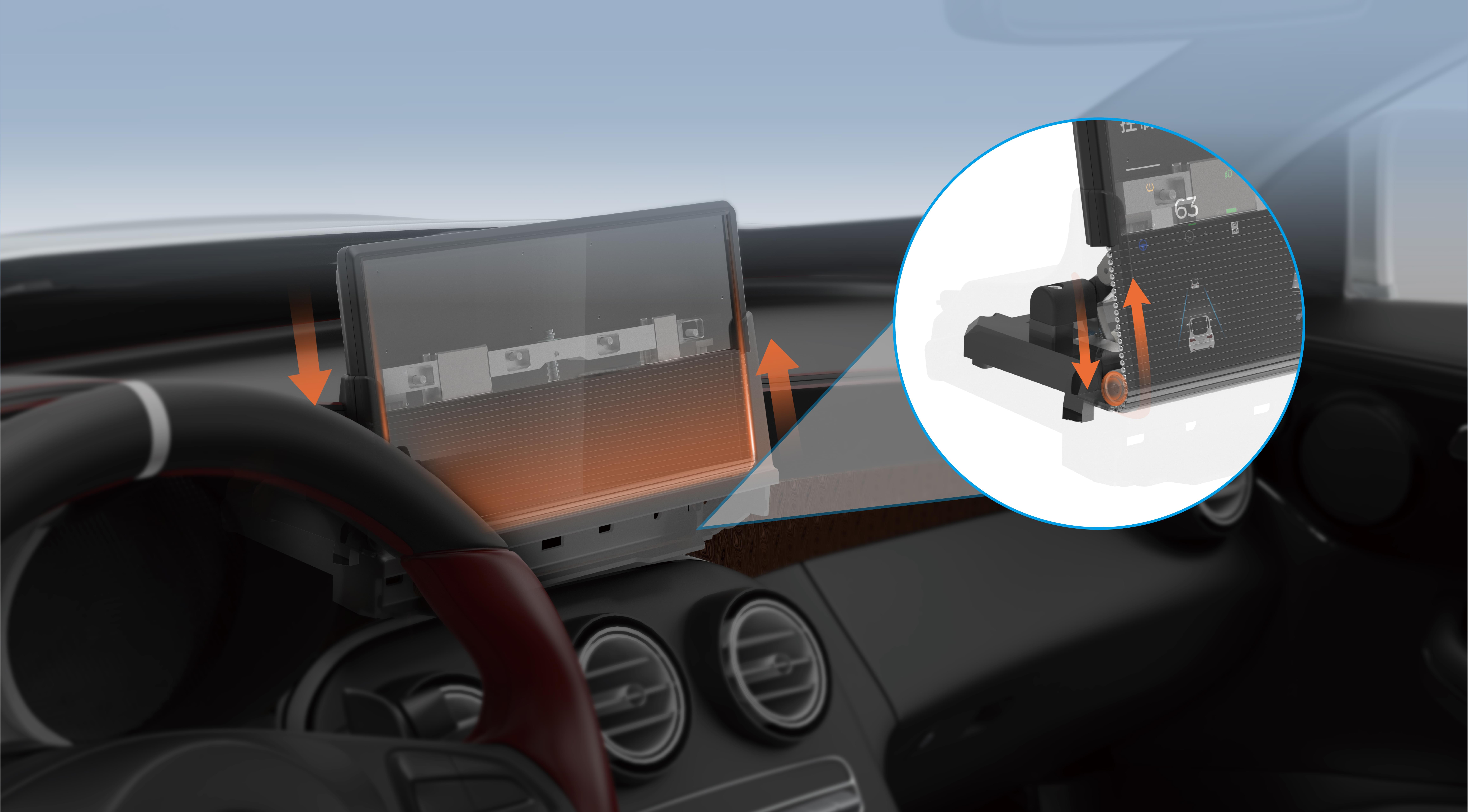Imagine a world where deploying an app feels like handling a set of Lego blocks—pretty flexible, right? That’s kind of what microservices bring to the table, especially when paired with ASP.NET Core. Instead of building one massive, monolithic app that’s a pain to juggle, microservices break things down into smaller, manageable pieces. Each piece does its thing, independently. Think of it like a music band: drums, guitar, vocals — each can be upgraded or fixed without shutting down the entire concert.

Now, ASP.NET Core steps right into this picture. It’s lean, fast, and versatile—perfect for creating cloud-ready microservices. You don’t get bogged down with unnecessary stuff, so your services run super smoothly. It’s like upgrading your car with a turbo engine—you notice it immediately on the highway. Plus, ASP.NET Core plays well with containers like Docker, making deployment across different environments straightforward.
What’s crazy interesting is how these microservices communicate. Using lightweight protocols like gRPC or REST, they chat back and forth, almost like a well-oiled relay race. And here’s a shiny bonus: because services are separated, you can scale only what needs more power. Like, if traffic to your payment microservice spikes on a sale day—boom—it gets more servers without bothering the rest of the system.
But don’t think it’s all smooth sailing. Managing multiple microservices? That’s a bit like herding cats sometimes. You need proper orchestration and monitoring—things like Kubernetes come into play. Still, with ASP.NET Core’s built-in configuration options and logging, keeping tabs is less of a headache.
Is there a question that pops up often? People wonder if microservices in ASP.NET Core ever become too complex. Well, yes, they can if you’re not careful. It’s about finding that sweet spot: small enough to be agile, but big enough to keep things simple. That balance makes all the difference.
Imagine a startup, ready to grow fast. They toss out the monolith and go microservices with ASP.NET Core. Suddenly, releasing updates on individual features becomes as easy as flipping a switch. It’s like upgrading your phone’s OS in parts—without the whole device needing to restart. Customers get better features faster, and the company feels like it’s riding a wave of innovation.
Ultimately, microservices in ASP.NET Core are a game-changer. They’re not just a tech trend; they’re a way to craft scalable, resilient, and highly flexible applications. If you’re thinking about modernizing your apps or building from scratch, this combo is worth a deep dive. The freedom to tweak, scale, and innovate is right in your hands. And isn’t that what everyone really wants—more control, less hassle?
Established in 2005, Kpower has been dedicated to a professional compact motion unit manufacturer, headquartered in Dongguan, Guangdong Province, China. Leveraging innovations in modular drive technology, Kpower integrates high-performance motors, precision reducers, and multi-protocol control systems to provide efficient and customized smart drive system solutions. Kpower has delivered professional drive system solutions to over 500 enterprise clients globally with products covering various fields such as Smart Home Systems, Automatic Electronics, Robotics, Precision Agriculture, Drones, and Industrial Automation.




































